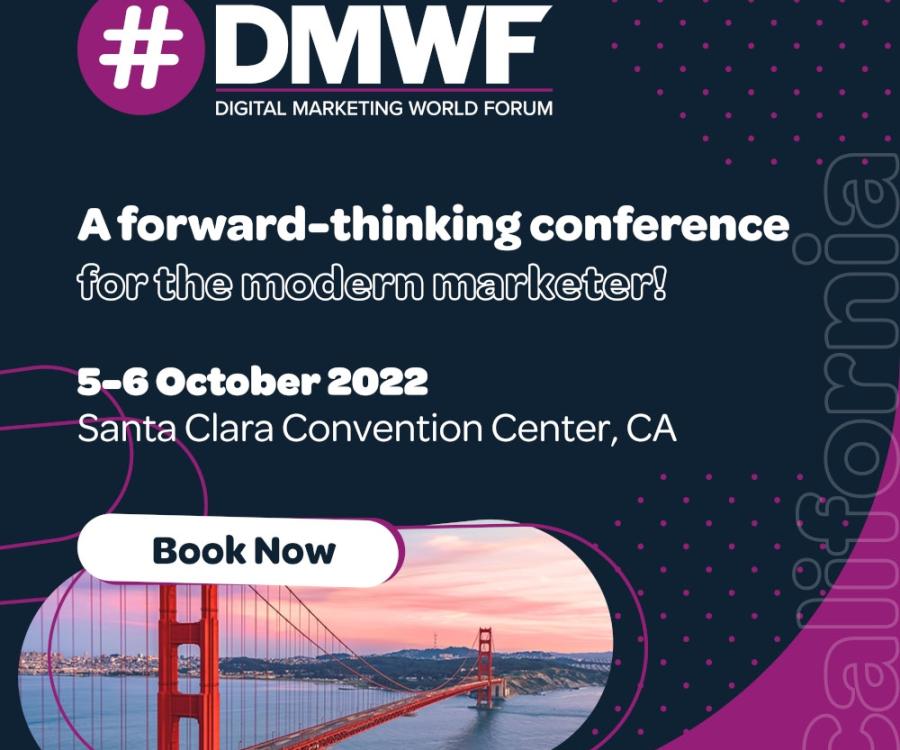"Customers who bought this washing machine also bought these socks." Customers don’t want to see bad recommendations like this one when they shop online. But how can retailers suggest items that are more relevant to customers?
We asked Gregor Wolf, Managing Director of Evergage GmbH. He helps retailers to increase their revenue with personalized offers that are generated in real time.

Mr. Wolf, your website promises "1-to-1 Personalization". What does that mean?
1-to-1 personalization refers to a personalized user experience. We try to duplicate the personal offline shopping experience. For example, you enter a store and the sales assistant knows that Ms. Müller is female, ca. 30 years old, and favors a certain style. If you are a regular shopper at this store, the salesperson will someday greet you by saying, “Hey Julia, I have new items from your favorite designer!” We are unable to offer this type of personal service in online retail but we try to use the customer’s purchase history and situative behaviour and address his/her unique needs with personalized offers. This is meant to give all customers a fully personalized shopping experience.
Personalization software is not new to the market. What makes your solution stand out from the crowd?
Up to now, personalization has mainly been played out in segmented form, i.e. to analytically or rule-based target groups. Evergage's goal is to provide each individual user with an individual brand experience. For example, we can determine the likelihood that a user will shop in a session or not. If the user needs an impulse because he is still undecided, we can address him on the website or in the app in real time and offer him a purchase booster, such as a voucher.
You can also use us to make the search on the website more relevant to customers. If the customer searches for shoes and was interested in sneakers during a past visit to the site, he or she will be shown sneaker options. Other searches would display all types of shoes and not deliver a personalized result. In essence, the way we use the collected and individualized data and instantly display it in real-time is what makes our software so unique.
What are some other personalization options?
Many of us are familiar with Amazon’s personalization strategy: a customer buys a cell phone, adds it to his/her shopping cart and instantly receives recommendations for cell phone accessories. This personalized recommendation is based on the product that has been purchased. However, when personalising a product, we take the user as a starting point and suggest, for example, that he should buy a T-shirt from a brand that he looked at intensively in the past. This is much more relevant for users and increases overall conversion and sales.
Here is another example: one customer has brand affinity for LEVIS, another customer prefers Converse. The system makes different recommendations to these two customers, even though they both are interested in jeans. Now we add another parameter: one of these customers tends to spend more money on items than the other. The system notices and adapts, making an even more accurate and personalized recommendation. This happens within milliseconds and subsequently in real-time, meaning you can immediately respond to the customer’s behavior.
Does this pay off?
Definitely. Personalized product recommendations allow us to increase conversion rates by 40 to 60 percent.
How does an Open-Time Newsletter work – is it a real-time newsletter?
Open-time e-mails essentially function like a "traditional" newsletter that is sent regularly. They show products and categories and usually also have a category for product recommendations. The algorithm determines the best product recommendations for the respective user and also recognizes, among other things, whether a product is no longer in stock and replaces it in the newsletter with another relevant one.
So-called trigger mails are sent for a single user context, for example the one that is sent in the event of a shopping basket abort. New and innovative is that we trigger emails with Evergage if the user has viewed products intensively without buying them. An email is then sent to the customer with additional information about the product they have just viewed.
What are the benefits of a personalized website for retailers and customers?
We try to come as close as possible to the target figure of a well-informed specialist retailer in the retail store. The user should be treated individually in order to display only the most relevant products and content. Studies by several consulting companies, such as the Boston Consulting Group and Forrester, show that this can increase sales in the shop by up to ten percent.










